Before we move on to the key components of Digital Signage, let's explain what the word "smart" means in this context.
Digital Signage is a digital display solution that partners with intelligent software platforms, allowing its users to update and manage content remotely via an internet connection.
On the other hand, traditional digital signage displays do not have built-in media players and any changes to the displayed content need to be done manually.
Key Features of Digital Signage System
Remote Access
An important feature of Digital Signage that saves users time and effort is the ability to access the system remotely.
Cloud-based software provides remote access to the command center or CMS from anywhere in the world, which means users do not need to physically go to each digital screen to make changes or add new material.
Automatic Content
With Digital Signage, media can be displayed at a scheduled time and date, often by providing users with a variety of pre-built content applications and content scheduling tools.
Communication between Devices
Having a system that can interact with other smart devices and programs is crucial. This is where API connectors come into play.
Interaction
The ability of smart digital signage systems to display interactive content allows them to provide a more personalized experience and customized service.
Intelligence
Thanks to smart displays, they can sense their surroundings, sort the data they receive and make calculated decisions on our behalf.
One example is Octopus' Video Analytics feature, which ensures that the right content meets the right person at the right time, thanks to face scanning technology that detects visitors' age, gender, mood, and the time they watch the screen while viewing content.
Security
And finally, Digital Signage is resistant to data theft, hacking and sabotage thanks to improved security measures.
In this article, we have explained the key elements that make the difference between traditional digital signage systems and smart digital signage. We can say that the benefits of investing in a smart system cannot be ignored because it is highly effective in saving users time, cost and labor.




